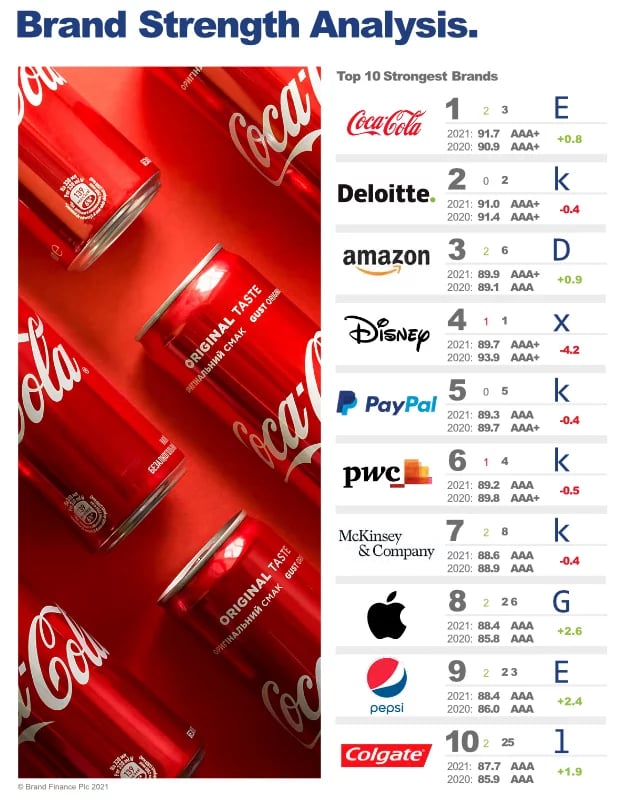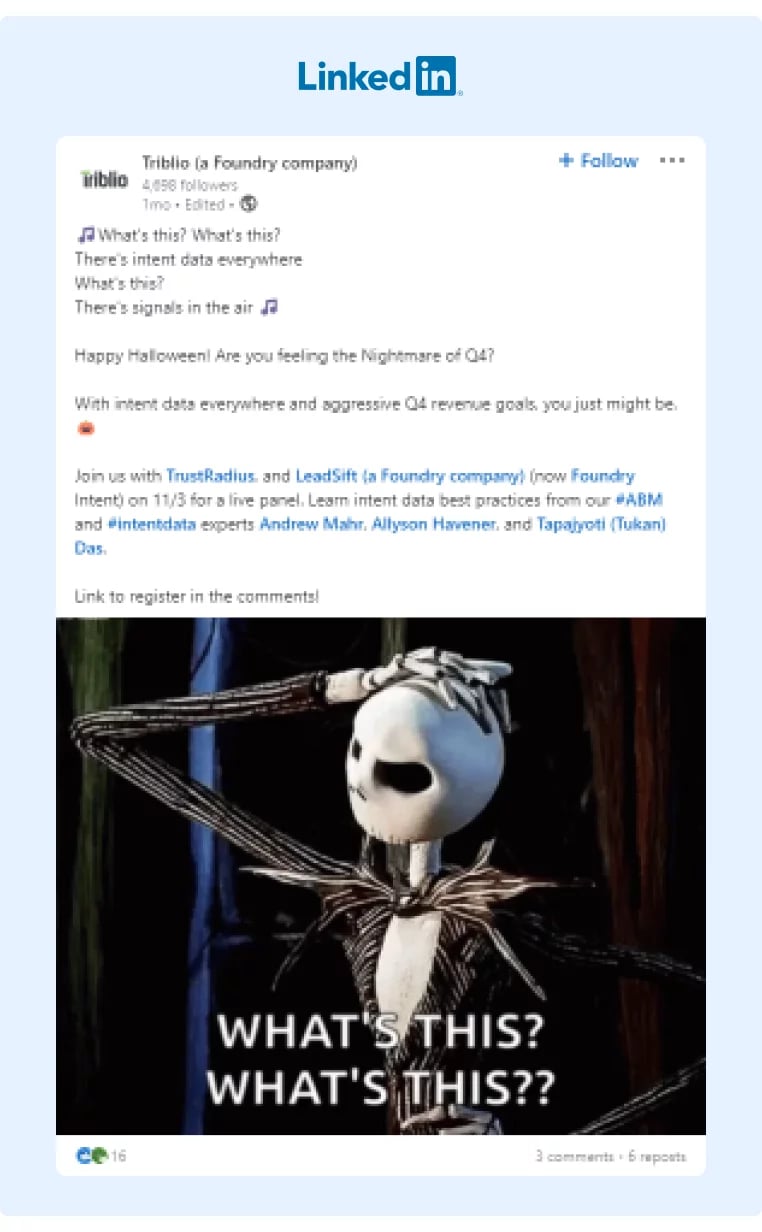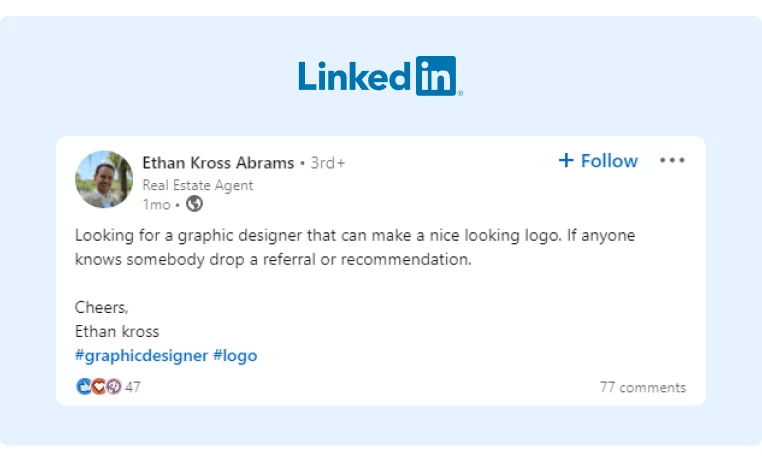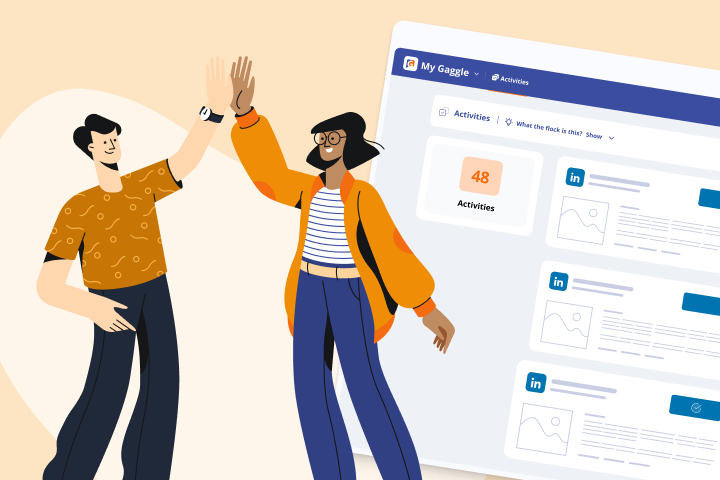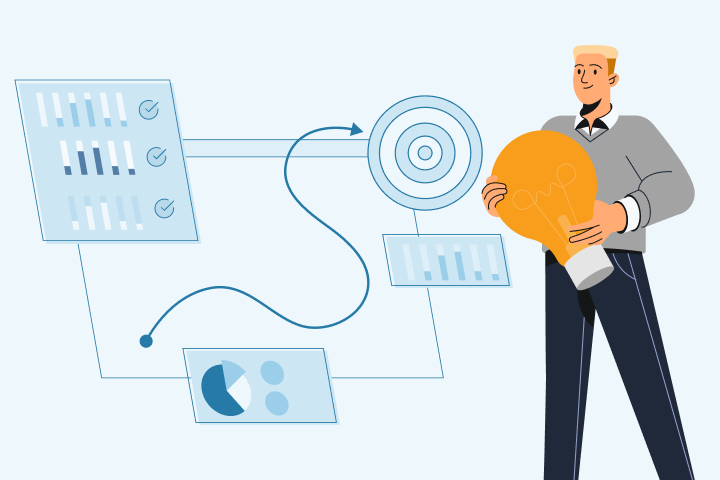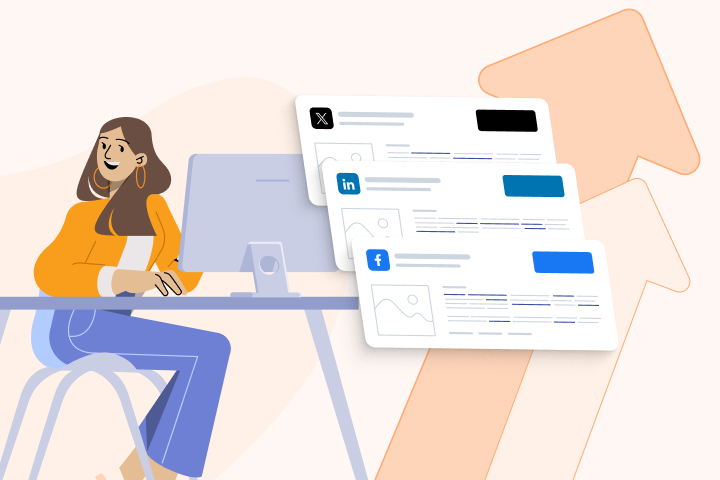8 Brand Awareness Strategies That Actually Work
When potential customers look for the products or services that you sell, does your brand stand out to them?
Even if your product or service is of excellent quality, you might lose out on customers because they are unaware of your brand’s existence.
Brand awareness should be a crucial element of your marketing strategy because customers are more likely to choose brands they are aware of over unfamiliar ones. Your brand awareness is, therefore, directly related to your sales.
Unfortunately, the importance of having a brand awareness marketing campaign is often overlooked by companies though it has the potential to distinguish them as market leaders.
In this article, we give you eight tips to help you build a great brand awareness campaign so that when your brand name comes up, it sparks recognition among people.
What is Brand Awareness?
Brand awareness is the extent to which customers are familiar with your brand image or your products. It determines how quickly a person recalls your brand when prompted with aspects of your brand identity, such as your logo, or when searching for the kind of product you sell.
For example, when you consider buying a pair of sneakers, what brands pop into your mind? You probably think of the same brands most people do because their parent companies have created high brand awareness in the footwear market. It doesn’t mean you will always choose these brands. However, the more familiar consumers are with a brand, the more they are internally biased to trust it and buy from it.
59% of customers prefer to buy products from familiar brands than ones they have never heard of. That’s why building a brand awareness campaign is so crucial. Companies with high brand awareness tend to generate more sales. However, if customers don’t know who you are and what you sell, your run the risk of stagnation and irrelevance.
There are 3 levels of brand awareness:
-
Awareness of your brand name
-
Awareness of the products/services you offer
-
Awareness of the finer details of your brand’s identity, like your logo, values, and voice
Brand awareness can be cultivated in several ways but it’s trickier to pull off without a strategy and clear vision of your brand, including what it speaks for and who it caters to.
Brand Awareness vs. Brand Recognition
The next time you’re hankering for a cold drink, you’ll likely consider Coke because Coca-Cola has the highest brand awareness of any company in the US, hitting 91.7 out of 100 on a brand strength index score.
94% of the world’s population can recognize this company simply from its logo. People are aware of what this company sells, and think of its products when purchasing cold drinks.
The most successful marketing campaigns eventually lead to widespread brand recognition. This happens when your company becomes so widely known for what you sell that the product becomes synonymous with your company name. You might have heard statements like “Did you Google that?” or “Please pass me a Kleenex.” These are examples of genericide - the process by which a brand name becomes a generic term for all products or services of its kind due to a high level of brand recognition.
What’s the difference between brand awareness and brand recognition? Brand awareness refers to a person’s familiarity with a brand’s image, logo, and products. Brand recognition or association is a step beyond brand awareness that occurs when the brand identity and the product sold become synonymous.
Why Should You Integrate Brand Awareness In Your Marketing Story?
Cultivating a strong brand image has numerous benefits:
-
Competitive advantage. If consumers are aware of your brand’s existence in the market, they will think of your company when they want to purchase the product or service you sell. This brand awareness will give your company an edge over its competitors because if customers are familiar with your brand, they are likely to trust it over others.
-
Increased customer loyalty and retention. A good brand awareness strategy ensures that your brand is at the top of customers’ minds. When social media users engage with the content you post, they should feel loyal and connected to your company, boosting customer retention rates.
-
Business expansion. With a solid brand awareness strategy, people will start to identify your brand simply by its logo or packaging. Widespread brand awareness and product recognition among consumers set the foundation for business expansion; once your brand is established in the market and well-known by consumers, they will readily receive any new products you introduce
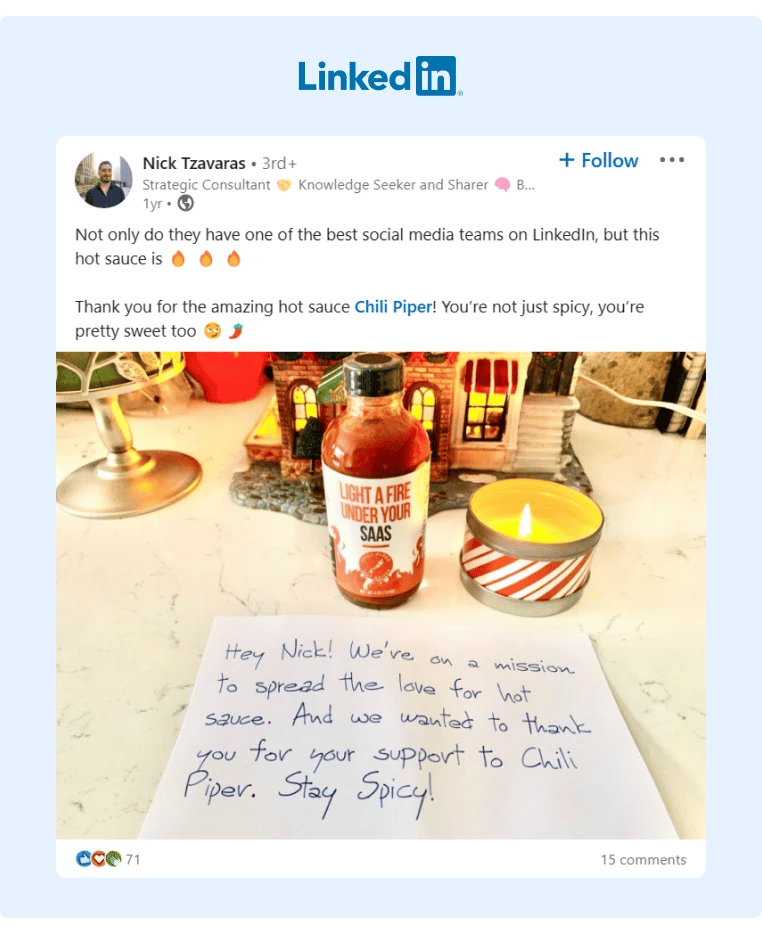
-
Builds brand equity. If your brand is easily identifiable and has a strong market presence, it exudes authenticity and engenders trust in consumers, enhancing its value. High brand awareness can help you maintain a strong hold on your market share, like in the case of Coca-Cola, which has consistently held 41-45% of the market share from 2004 to 2020.
Your brand awareness strategy needs to be smartly planned and executed to achieve its desired effect of familiarizing your ideal customers with your brand and products.
8 Ideas to Include in Your Brand Awareness Strategy
Now that you know the importance of brand awareness and its ability to set you apart from your competitors, you might wonder how to incorporate brand awareness strategies into your marketing funnels. Here are eight tips to help you create an effective brand awareness strategy.
1. Give Your Brand a Voice
Signature brand colors and designs boost your brand recognition by 80%. Take the time to analyze your target audience before creating a unique brand personality and design that will resonate with them. Stay consistent with your brand voice and design elements to create a distinct brand identity in your customers’ minds.
For example, Spotify's branding strategy involves a mildly humorous and punny tone across marketing channels that engages customers in a casual, friendly manner. Their voice is so unique that you might recognize their brand simply from the tone of voice used in an advertisement.
2. Partner or Collaborate With Other Companies
Collaborating with well-known brands whose ideal customer profile is similar to yours will help you leverage their follower base to spread awareness about your brand.
When you work with a brand that people already know, trust, and love, consumers who follow and respect this brand will accept your brand more readily. In this way, you can benefit from the established image of the collaborator brand and push your brand name to a new audience.
3. Leverage Social Media Platforms
A strong social media presence for your brand can increase sales by 32%. Inspired by TikTok videos and Instagram reels going viral, many businesses leverage these social media channels to build awareness about their products and services before a vast audience. If you create and upload engaging content that adds relatability to your business, you could experience a significant spike in sales.
You might wonder if a simple move like posting about your product on social media channels could impact sales, but 76% of Americans admitted to purchasing from brands they discovered on social media posts. Today, customers want the option to receive regular product updates and directly engage with their favorite brands and the people behind them on platforms like LinkedIn, Twitter, or Instagram.
Your employees are the best ambassadors of your brand. Engaging your employees and incentivizing them to post on social platforms about your company and its products can go a long way toward creating awareness of your brand and company culture. At GaggleAMP, we help you increase your employee engagement by providing the platform for you to pre-curate engagements, social shares, and more. If your employees are engaged and motivated to participate in your social media campaigns, you can create a brand awareness marketing strategy without hefty marketing bills.
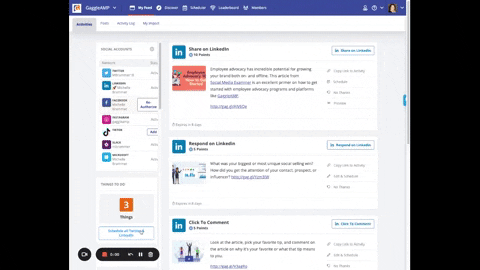
4. Use Referrals
Build a strong referral program to incentivize your existing customers to promote your product or service to their families and friends. Your company being recommended by someone they trust encourages new customers to give your brand a shot. This is a powerful method to convert leads through social proof.
A good referral program will also boost your brand awareness efforts. If your referral program gives referrers a monetary reward or discount for people they refer who make a purchase, they will forward your product or brand details to several people with the hope that at least one of them will shop with you. When existing customers become your brand ambassadors through a referral program, their friends and acquaintances become aware of your brand or product, which increases your brand awareness.
You can even use employee brand advocacy to help point your subject matter experts, partners, and teams to conversations occurring on social media in which someone is looking for a referral.
5. Stack up Customer Reviews
A large number of customer reviews shows potential customers that your brand can be trusted while also improving your business's search engine ranking. This means that when potential customers are searching for the kinds of products or services you sell, your brand will be elevated, bringing visibility to your business.
The more visible you are online, the more people will be aware of your brand. 95% of people check customer reviews before buying a product or service online, so it’s important to implement a strong review strategy to entice more customers to leave reviews for your business. Harness this form of social proof to persuade more people to shop from your business, which increases awareness about your brand.
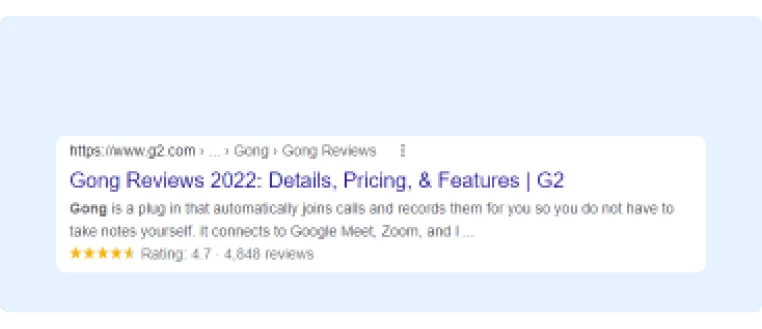 6. Offer Freemium Content or Free Product Samples
6. Offer Freemium Content or Free Product Samples
Offering a free trial of a product or service can attract a large audience to your brand. This worked particularly well for Slack, which offered limited functionality, free-forever version of its platform that resulted in a 30% conversion of freemium users to paid services.
A freemium offer or free samples show your customers that you are willing to provide value at no cost to let them build trust in your company. The idea is to get people talking about your brand and boost your brand awareness.
7. Use Influencer Marketing to Reach Target Audiences
Influencers are people with a large and loyal fan base that follows them on social media channels. Some brands partner with influencers to broadcast their brand message to a larger audience that is often more receptive owing to the social proof presented by the influencer’s endorsement. An influencer talking about their experience with your product adds a personal touch to your marketing efforts, making this method more organic than targeted ads.
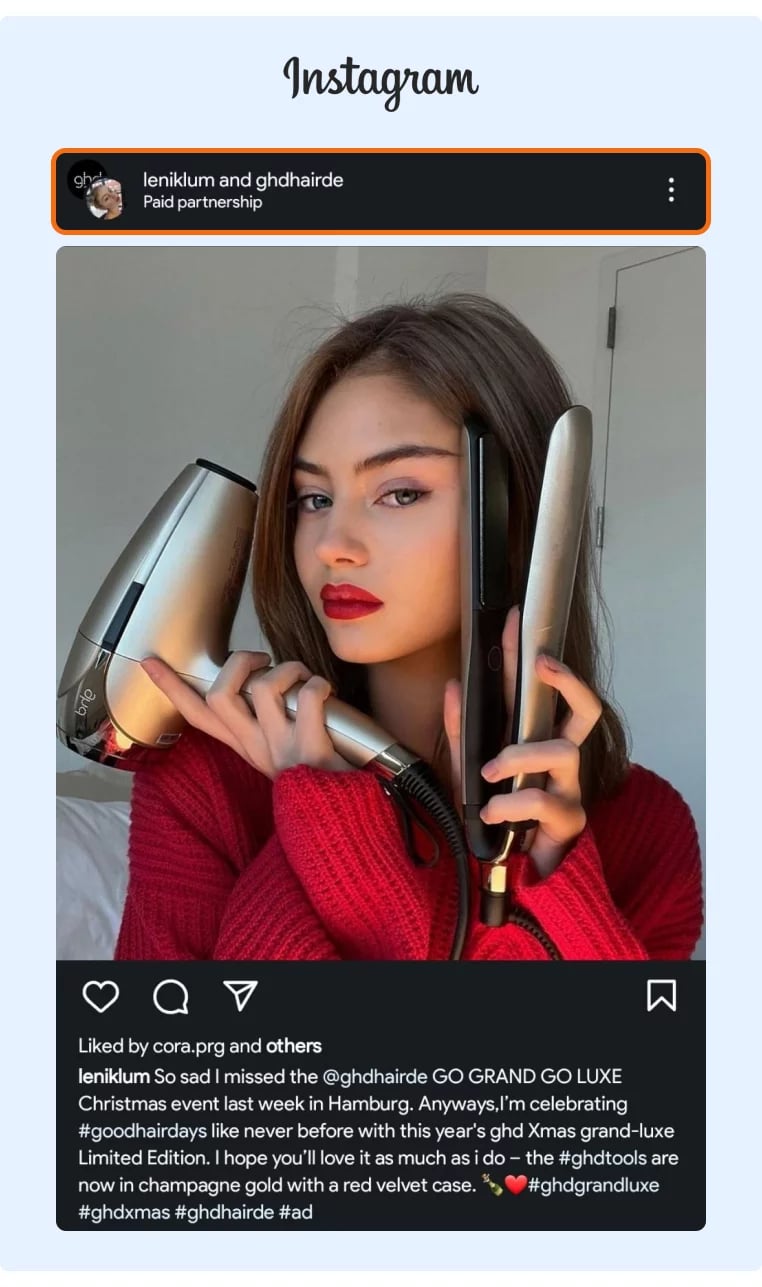
Your influencer marketing strategy could include giving away freebies to entice influencers to voluntarily talk about your product to their audience or engaging with them in a paid partnership to post a user review video of your product. This is an effective strategy to create a buzz around your brand and build awareness. However, it’s important to make sure that the influencers you partner with understand and stay true to your brand’s voice and message.
8. Align Your Values With Social Needs
To create an identity for your brand, you need to be connected to the wants and needs of your target audience. By digging deeper into what your audience finds valuable, you can align your brand awareness strategies to customers’ pain points and be recognized as a brand that’s in tune with its customers.
For example, in 2004, Dove ran an impactful campaign about body awareness, depicting ‘real’ women of all shapes and sizes. This campaign sparked a global conversation about body image within its target audience while simultaneously cementing Dove’s image as a company that opposed unrealistic beauty standards. In this way, Dove aligned its brand awareness strategy with the social values of its prime customer base of real women.
Rolling out a brand awareness strategy is a gradual process, and the results won’t show overnight. However, with a brand awareness strategy in place, you can be consistent and purposeful in your marketing efforts and change the perception of your brand in the market.
Boosting Your Brand Awareness
Who better to endorse a brand than its employees? With GaggleAMP, you can engage your employees in fun ways to get them to perform brand-related activities on different social platforms like LinkedIn, Twitter, Facebook, and Instagram. Becoming more visible online will help you increase awareness of your brand while highlighting your employees as thought leaders in your industry. Request a demo to learn more!

